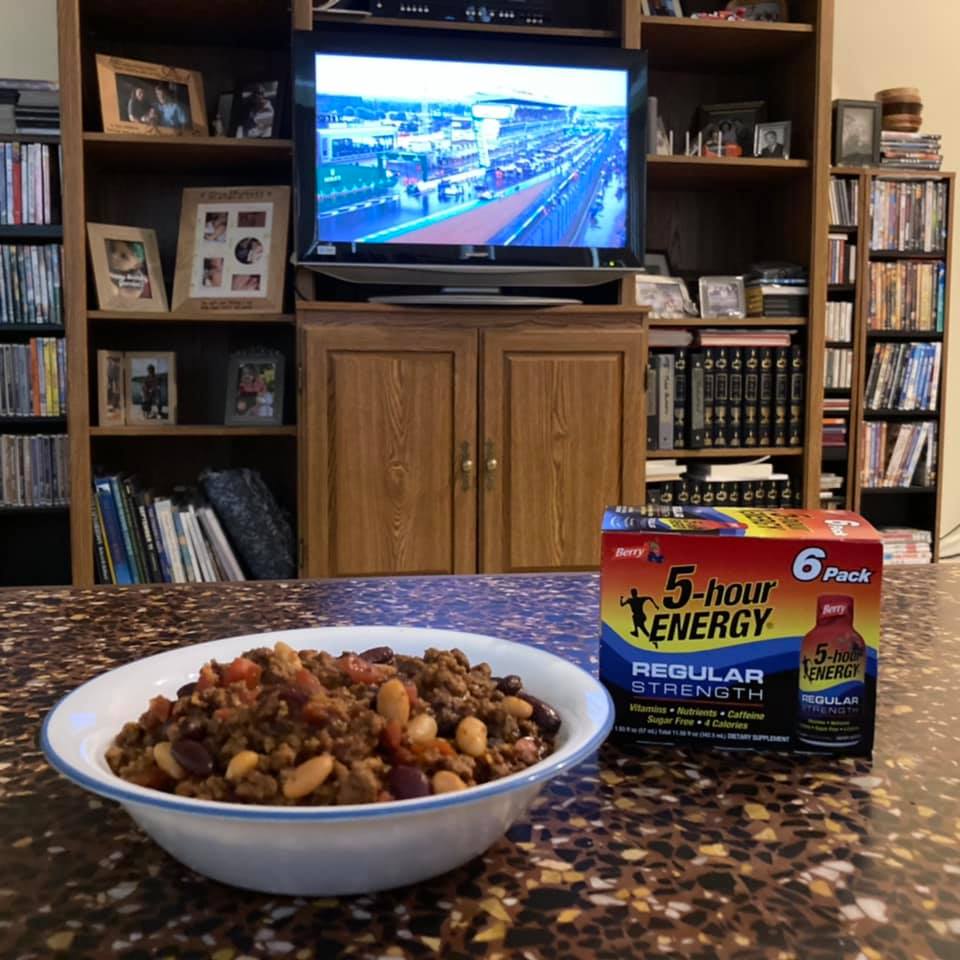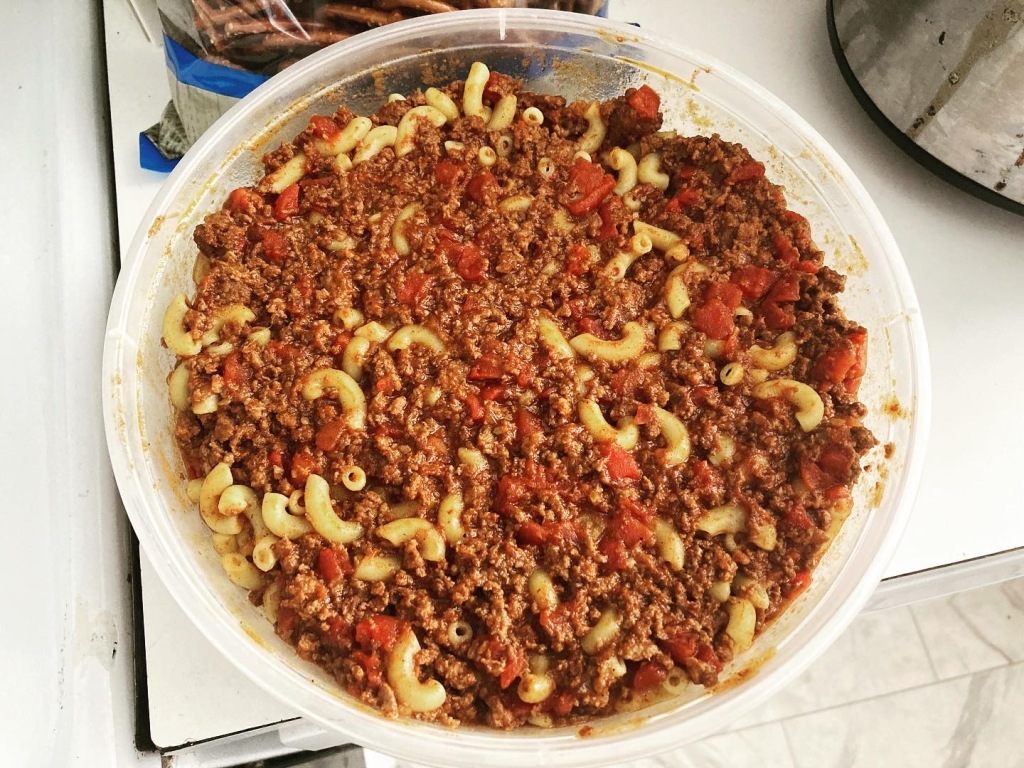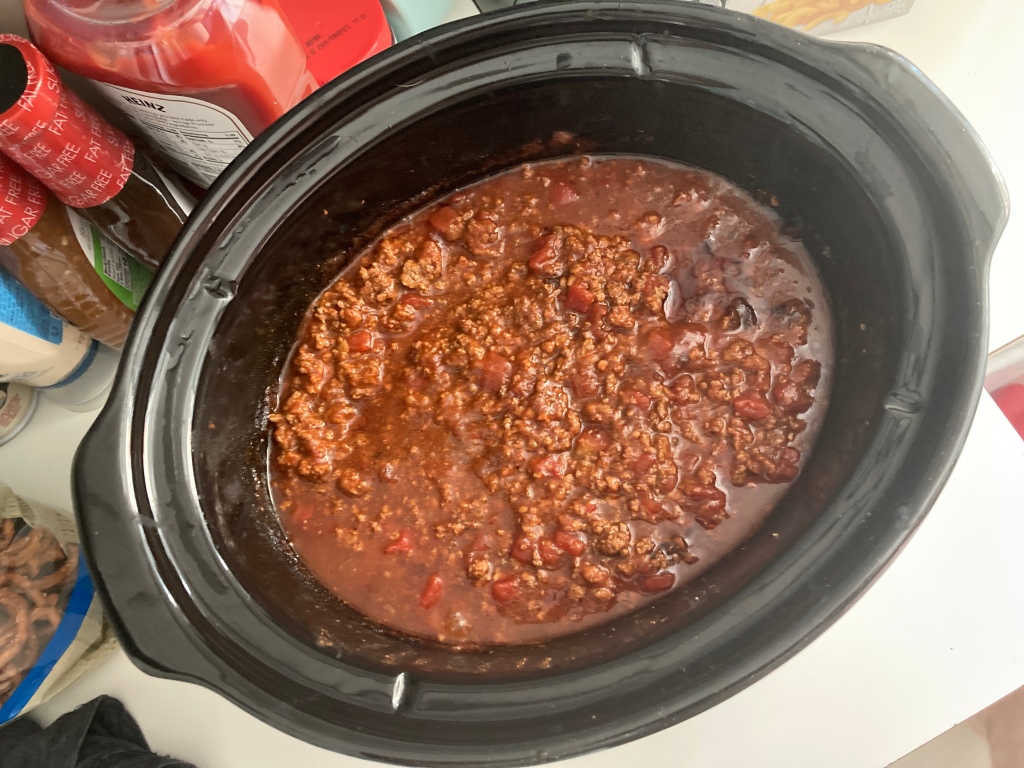I can’t remember which year I started staying up for all 24 hours of the 24 Hours of Le Mans, but the annual endurance race is a special event for me every year. From food prepping to setting a caffeine strategy (like a pit stop strategy – but with 5 Hour Energy shots), I’ve developed a few practices for watching the race to make the experience even more enjoyable.
For those who know little about the 24 Hours of Le Mans, it was first run in 1923 and this year marks its 90th running – and the 100th anniversary of the first race. Racing takes place on an eight-plus mile long circuit that originally was all public roads, and the race features multiple classes – some purpose-built prototype race cars and some modified street cars – competing on the same track at the same time. About 55 entries – featuring two or three drivers per car – race for 24 consecutive hours from Saturday to Sunday. The event traditionally takes place in mid-June – when the sun is up the longest in the Northern Hemisphere.
For more information on the history and format of the race, its Wikipedia page and official website are good places to start.
I got into watching auto racing in the mid-2000s, and have been staying up for the full 24 hours – or trying to anyway – since at least 2010. The older I get, the harder it is to pull an all-nighter. Yet, I look forward to the challenge of staying up for the whole race each year. If you’re a racing fan, it’s like a 24-hour long visual IV drip of watching drivers take turns flogging their cars through day and night.
But is there really that big of a difference between staying up for all 24 hours versus watching some of it each day and getting a good night’s sleep? Drivers and teams take naps during the race – as the TV crews routinely show. So why should fans stay up for it?
To me, staying up for the full 24 hours adds a level of gravity and respect to the grueling nature of the event. As the event goes on, you sense how continually intense the race is. As you’re struggling with fatigue, it amplifies watching the cars continue to get pushed hard through the night and into the morning and afternoon in France. Even though participants take short naps during the race, they’re also exerting themselves behind the wheel or in the pits when they’re awake. This allows viewers – to some degree – to maintain a kind of physical and emotional continuity with what they’re watching.
There’s also the ebb and flow of the race that simply cannot be replicated through watching recaps. Seeing the teams make pit stops and complete maintenance on schedule – or off – and watching as teams bow out for various reasons as the race wears on provides a much more accurate sense of the struggle drivers and teams endure simply to finish the race. The sense of victory for the teams who win or podium is greatly amplified when you’ve seen them execute their plan for the whole of the 24 hours – as well as watched them press on when some of their perhaps faster competition isn’t able to finish the contest.
I wasn’t well prepared for the event the first few years. I’d find myself ordering food for delivery (from wherever was open at that hour of the race) or nodding off earlier in the race because my eating and caffeine intake were very different than on a normal day.
For me, preparing for the 24 Hours of Le Mans starts a few days before the event. Each year, I do a short grocery run for anything I’ll want to eat or drink while I’m glued to my TV, and will have my laptop set up the night before in the living room so I can follow live timing while watching the race.
The night before the race, I’ll prepare any foods that need to be cooked and make sure my refrigerator is stocked full of water and my caffeinated beverages of choice. I’ve found it’s best to have one, good-sized hot food item that can be cooked in a crock pot. I start the crock pot before I go to bed – that way it’s ready when I wake up.



One of my favorite crockpot recipes for the 24 Hours of Le Mans is chili mac. I cook the elbow macaroni the night before and mix it with the beanless chili. A couple years I’ve made my three-bean chili, but I’ve found eating that chili over the course of about 24 hours can be hard on the stomach (at least mine, anyway). I also usually have a bag/box or two of snacks ready to go, and popcorn or things like Hot Pockets are great options if you want something hot to eat without having to cook per se.
I’ve also found it’s best to conserve as much energy as possible before the race begins. Much like how race teams keep tires and wheels in tire warmers or a tire oven until just before they’re about to get put on a car, I will stay asleep – or at least try to – right up to a few minutes before the pre-race coverage begins. I also usually take a sleep aid or two early in the evening the night before the race so I can get a good, deep sleep before beginning the 24 event.
As for caffeine intake, I have usually tried to go as long as possible before doing my first 5 Hour Energy shot. I think of it as running off of everything I have in the tank without using caffeine before refueling. This year, I may try spacing them out a little more so I’m not over-caffeinating myself near the end of the race.